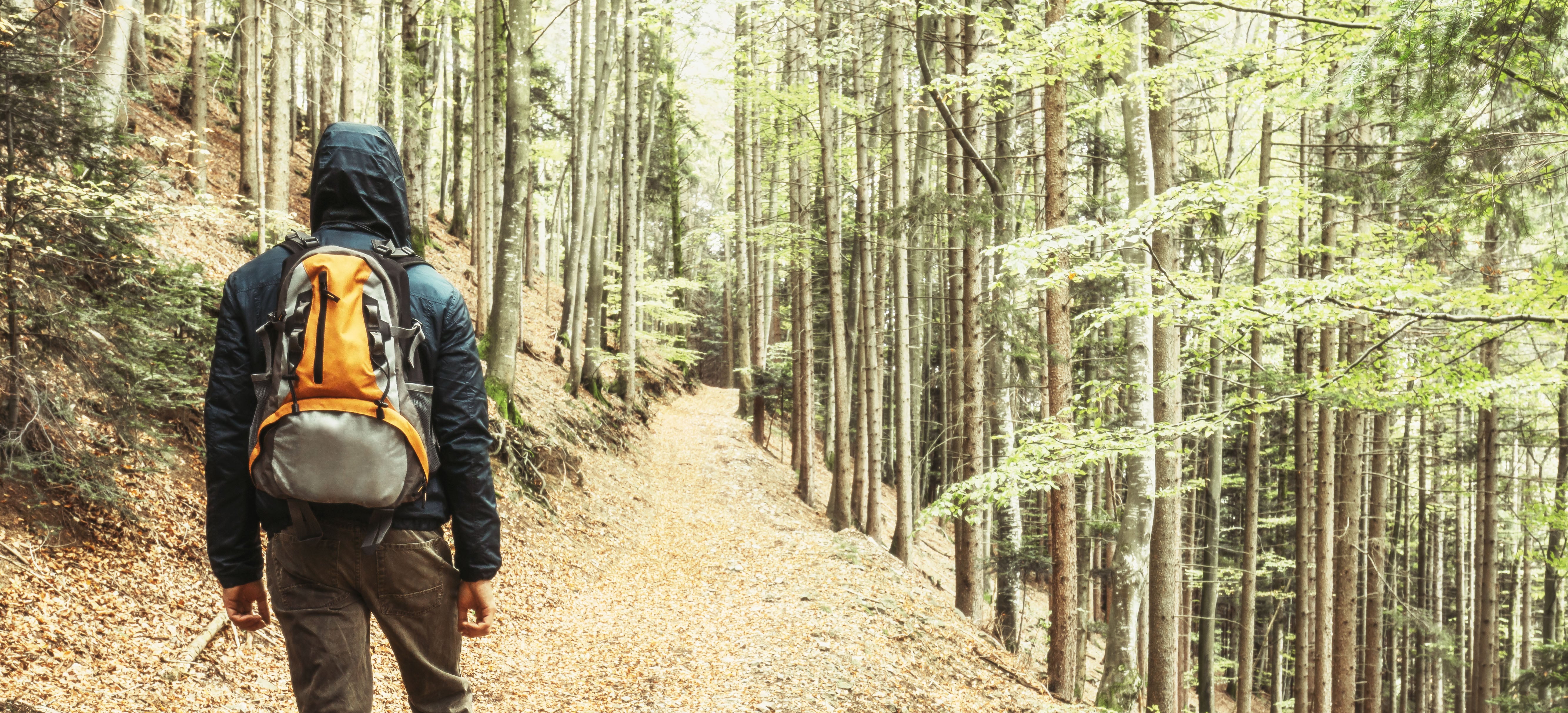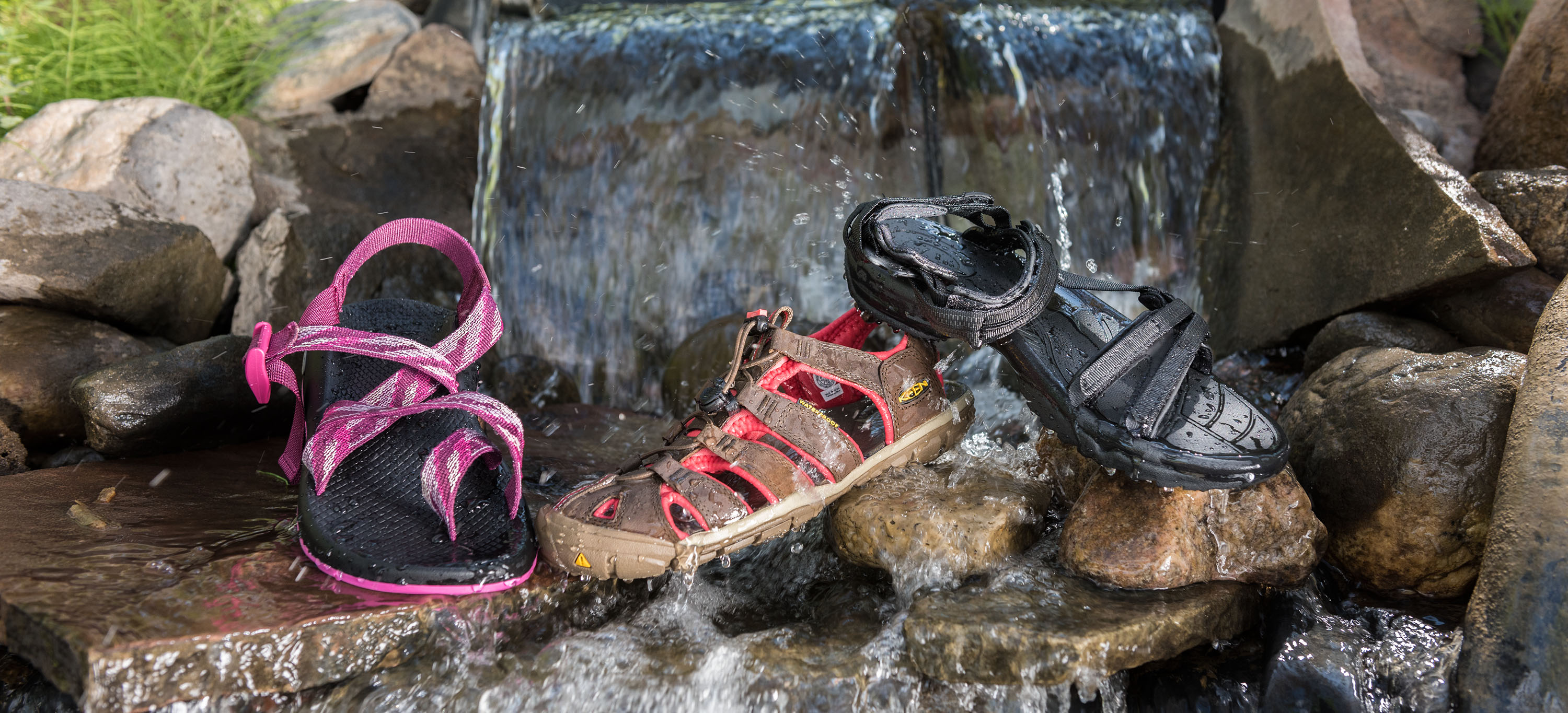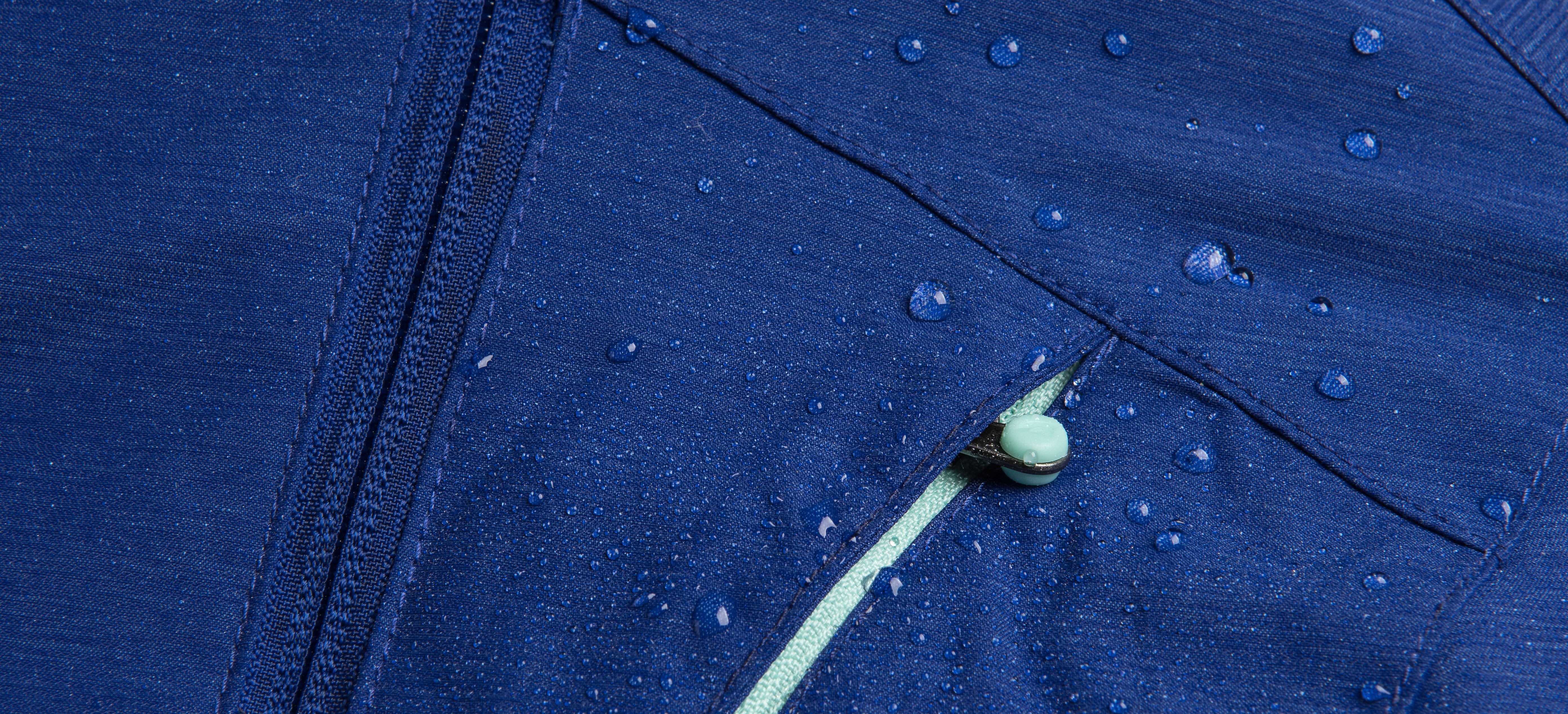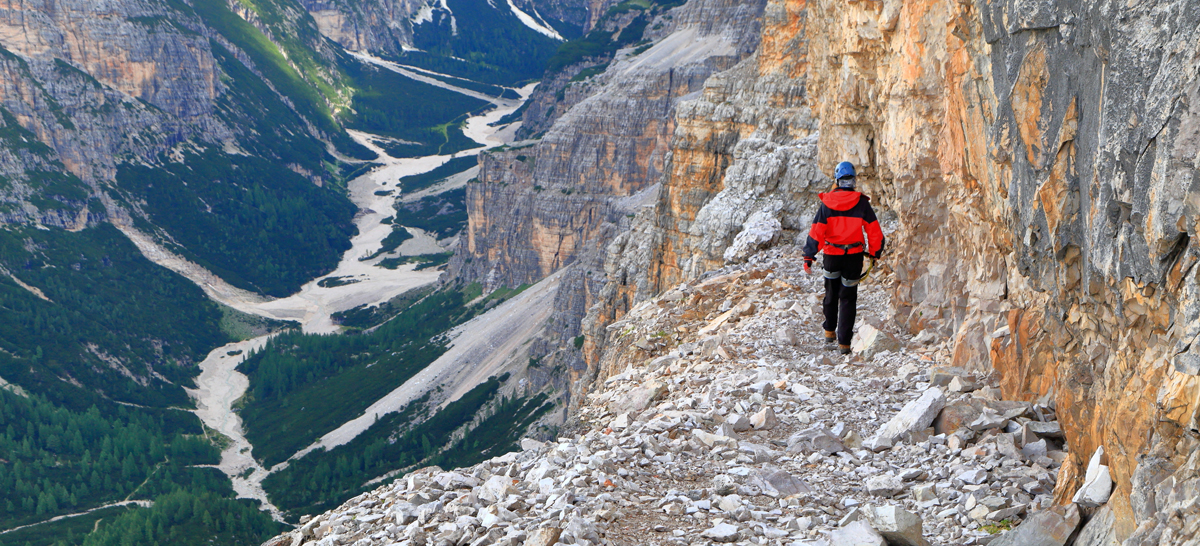Dry, hot weather, pop-up storms and flash flooding can make the desert a dangerous place to hike. Moving from the Midwest to the Southwest has changed how I plan hikes and what type of gear I take with me. Here are a few tips for hiking in the desert.
1. Stay Hydrated
Drinking plenty of water is key on any hike, especially when hiking in the desert. Drinking a liter of water before starting your hike will help prevent you from getting thirsty early on in your hike. Carrying a minimum of two liters of water is recommend, however a good rule is to carry half a liter for each mile you plan to hike. Carrying extra water can add weight to your pack, but remember that water is not likely to be accessible on the trail. The best way to keep tabs on your hydration level is the frequency of having to urinate and color of your urine. In scouts we used the old stand-by "clear and copious" to ensure everyone was staying hydrated. Urinating often and making sure the color is clear or as close to clear as possible is the key. The darker and less frequent it becomes, the more dehydrated you are. Also watch for symptoms of heat stroke and dehydration, which include headaches, chills and no longer sweating. Any of these symptoms are cause for you to stop hiking, hydrate and find help.
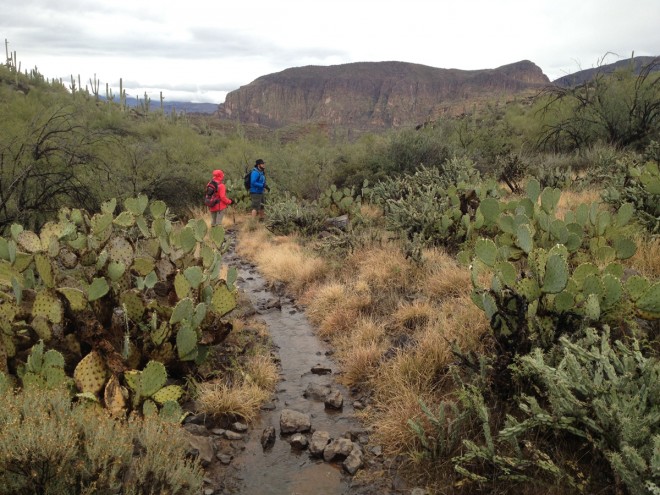
2. Plan Ahead
Researching and knowing the area you will be hiking will greatly increase the success of your hike. This is especially important if you are not from the area or not familiar with desert hiking. No matter the distance or time on the trail, having the knowledge of what the weather is going to be for the day and anticipating changes can provide for a safer hike. Knowing the location, quality, and levels of water sources can help if you are in need of extra water. If the area has been extremely dry, you might not have any water to count on. Having an idea of what kind of elevation changes and terrain you will be hiking through can help you prepare by taking the proper gear. You should also know who to call in the event of an emergency. Some locations may not have cell service, so carrying a personal emergency rescue device can be helpful if needed.
3. Gear Up
The weather can change in an instant and without warning. Having the proper gear on hand can save your life. Rain gear or warm layers may seem like a silly thing to bring with you on a day hike, but the nights in the desert can get very cold and rain and dust storms can pop up without warning. Oh, and don't forget sun protection such as wide brimmed hats, clothing with SPF protection and sunscreen.
4. Stay Alert
In the desert, it can seem like all of the plants, animals and even the weather is out to get you. Cacti can rip apart shoes and pants in seconds, rattlesnakes don't give much warning and clouds, storms and weather can change quickly. Make sure to focus on where you place your feet, and be aware of what's around you. By constantly reassessing your situation, you'll avoid the desert's little surprises.
5. Inform Friends
It is always a good idea to tell people where you are going to be hiking, what trail you will be hiking, and what you are wearing. Provide a time you expect you will be done hiking. Have a family member or friend contact you if you haven't reported in by the agreed upon time. If they can't reach you, have them contact the local authorities. They will have all the information you left behind to help aid in a search.
Are you planning any desert trips soon? Where are you going and how are you preparing?
